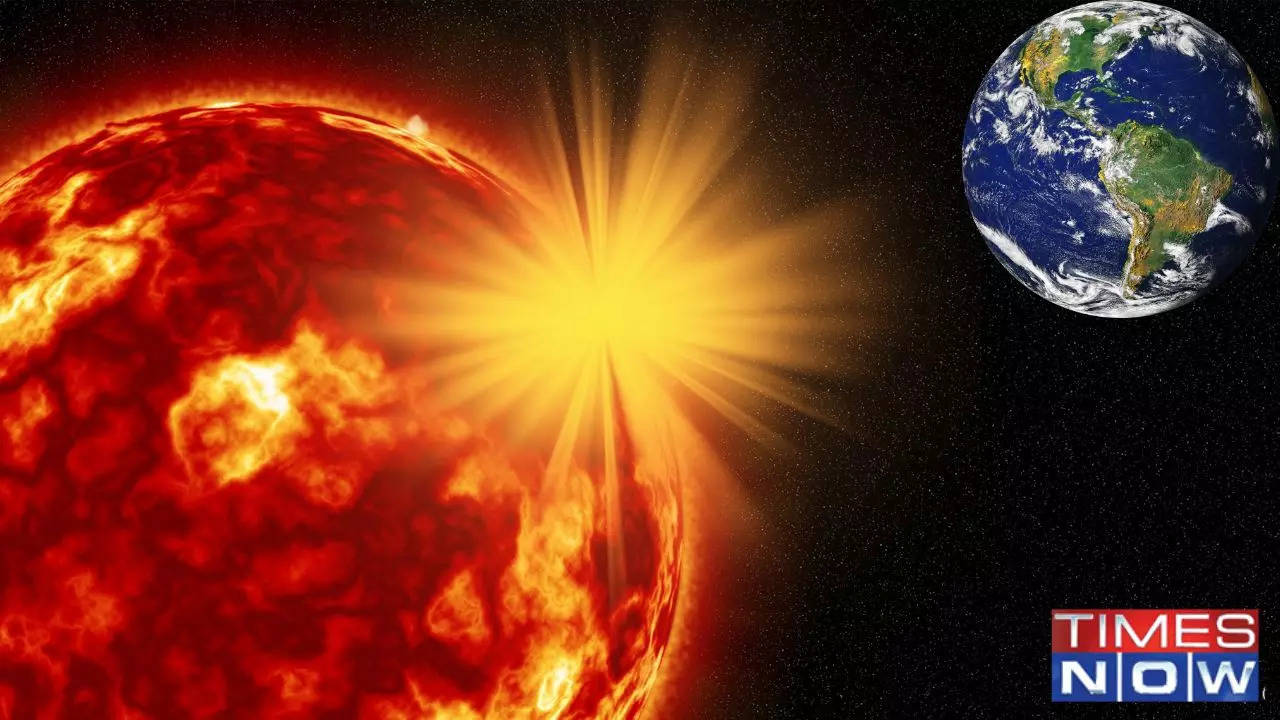Rare 4 Solar Flare Eruption Raise Concerns; Earth Could Face G1 Geomagnetic Storm
Space weather experts have warned that the Sun has spewed four simultaneous solar flares on April 23rd. Will it have any impact on Earth? Read on.

Solar Storm Alert: Earth Could Face Minor G1 Geomagnetic Storm
On April 23rd, four solar flares erupted simultaneously in a rare event. A solar flare is a powerful burst of radiation and high-energy particles erupting from the Sun's surface. Now, NOAA forecasters suggest that a massive "super group" of sunspots has formed just south of the solar equator, creating a hotbed of explosive activity. This sunspot cluster consists of five sunspots – AR3638, AR3643, AR3645, AR3647, and AR3650 – crowded together with shifting areas of magnetic connection.
The massive sunspot group has been crackling with intense solar flares all week long, producing an average of three to five M-class flares per day, the Spacewesther.com report suggested. "This activity is expected to continue as the super-group rounds the western limb of the sun where, for a day or so, it will be magnetically connected to Earth via the Parker Spiral," the report added.
Solar Flares: Will it impact Earth?
The concerning part is that one or more coronal mass ejections (CMEs) unleashed by this sunspot cluster could graze Earth today, April 25th. This may potentially spark a minor G1-class geomagnetic storm. These CMEs, solar explosions that hurl clouds of plasma and magnetic fields into space, were hurled Earthward earlier this week, courtesy of the explosive activity in the super-group. Geomagnetic storms are disruptions in Earth's magnetic field caused by solar activity. They can create beautiful auroras and affect satellite and power systems on Earth.Moreover, as the sunspot group maintains its magnetic connection with Earth over the next few days (April 26-28), there is a risk of radiation storms. Energetic protons guided by the Parker Spiral could potentially reach our planet, posing risks to spacecraft, astronauts, and certain technological systems.
Danger of Solar Maxima Ahead
Solar Cycle 25 started in December 2019 with a low sunspot number of 1.8 and is projected to last until around 2030. The US National Weather Service predicts the solar maximum to occur in July 2025, reaching a peak of 115 sunspots. This heightened solar activity can lead to significant solar storms, eruptions, and flares that may impact Earth. These events could disrupt radio communications, power grids, internet services, and pose health risks to astronauts.Trending:
End of Article
Subscribe to our daily Newsletter!
Related News





OpenAI Upgrades Content Authenticity With New Detection Tools

Get The Google Pixel 8a At Rs 39,999; Here's How

Google Wallet Is Now Officially Available In India: How To Download And Use The App

Tim Cook's iPad-Created Nike Sneakers Steal Spotlight at Apple's 'Let Loose' Event

Google Has Silently Launched The Most Boring Phone Of The Year









